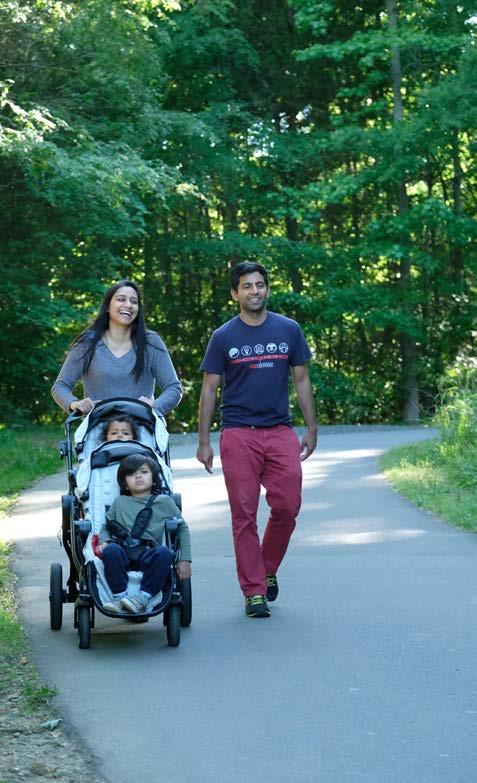
7 minute read
Goal #16 Collaboration
Coordinate with the City of Charlotte, towns within the County, schools, and mobility partners.
16.1 Establish a regular cadence for meeting and collaborating with the City of Charlotte, towns and community groups to facilitate knowledge and resource sharing, generate operational efficiencies, and realize projects.
Advertisement
The Stakeholder Committee engagement helped to demonstrate the value of scheduling and holding regular meetings with the City and the six towns (municipalities) to foster collaboration across the County. These meetings can take multiple forms: “share-outs,” workshops, on site meetings, or brainstorming sessions. An episodic process like Meck Playbook is not frequent enough; staying aware of one another’s goals, resources, limitations, and project pipelines as they emerge will present greater opportunities for integration. Regular interaction can also aid in coalition building across departments and sectors. Mecklenburg Park & Rec has a strong desire to partner with proactive community-facing civic groups like Charlotte East, Steele Creek Residents Associates, and others. Meeting with these groups at a minimum of twice per year will allow Mecklenburg Park & Rec valuable time to discuss ongoing projects and programming. However, these milestone meetings are not a substitute for staff time dedicated to building community relationships. To help expand Mecklenburg Park & Rec’s capacity, small decision making power could be given to partners, the Community Engagement Liaison (mentioned in Strategy 1.2), or a new planner position that focuses on municipal coordination.
16.1 Key Actions
Set and hold regular meetings with regional partners and municipalities:
• Meet with civic groups at least twice a year. • Meet with municipal and County stakeholders at least quarterly.
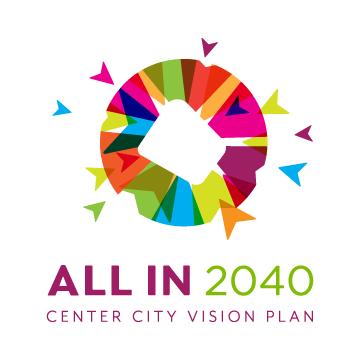
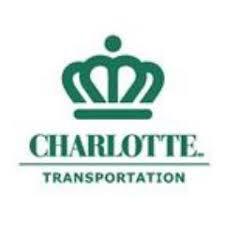
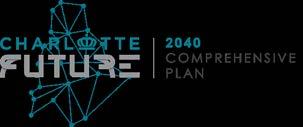
5.9 The County regularly coordinates with various ongoing planning efforts. This is essential for connecting goals across projects and fostering collaboration across County stakeholders.
16.2 Develop joint use projects and collaborate around youth programming with CharlotteMecklenburg Schools.
Meck Playbook has identified many stakeholders as important future partners. However, Charlotte-Mecklenburg Schools (CMS) is uniquely suited for a distinctive type of partnership with tangible benefits for both organizations.
Shared Sites
With growth occurring, the school system, like open space, and recreation, will also be in greater demand. CMS will likewise face a need for land to house educational infrastructure, like school buildings and sports fields. While it may seem like the two organizations will have competing real estate goals, this shared land acquisition need should prioritize strategic identification of places where existing or future facilities can serve both needs. A clear
Overwhelmingly, when the topic of partnerships came up during Meck Playbook, staff, leadership, stakeholders, and members of the community mentioned the importance of collaboration with CMS.
opportunity, particularly in the southern areas of the County, is to serve both daily school, athletic, and community recreation needs with shared facility agreements that facilitate smart land use. Local schools offer similar recreation resources to neighborhood park and recreation centers, but they may be locked outside of school hours or on weekends. Clear partnerships can provide public access to these facilities outside of school hours, helping to expand recreation opportunities in many neighborhoods and improving equitable access. Currently, the use of CMS facilities is inconsistent, changing with school administrators. However, aa mutual, systemwide agreement between the entities would solidify use of these spaces and promote consistent usage. Such a formal partnership, backed by policy, will ensure Mecklenburg Park & Rec’s programs thrive despite any staff turnover, leadership changes, shifts in agency priorities, or funding shortages. There is also particular national attention on the condition and quality of school yards. Large organizations like the Trust for Public Land have partnered with Green Schoolyards America to transform hardtop playgrounds to “living” schoolyards full of greenery and trees. Opportunities like these simultaneously improve the school and open space systems. Despite the benefits, school/park partnerships are often prevented by concerns about safety, liability, insurance, and maintenance. A 2006 study, Playing Smart: A National Joint Use Toolkit by Change Lab Solutions, found only 29% of schools opened their recreational facilities after school hours. Formalized shared use agreements are critical to address these challenges and specify terms and responsibilities. This study provides a useful spectrum to consider the range of possible sharing scenarios and determine what is comfortable for both CMS and Mecklenburg Park & Rec. These scenarios range from
Case Study: Green Schoolyards America “Living” Classrooms
This program works to change asphalt-covered playgrounds into green spaces that support sustainable and resilient natural systems, embed the “living school ground movement” into regulation, and change traditional design approaches to school play yards. They see “greening” school yards as a means to improving a child’s academic achievement, a community’s health and nutrition, and restoring ecosystems.
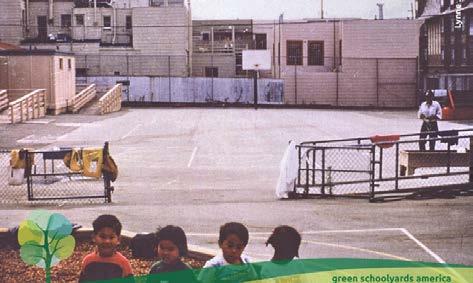
5.10 Tule Elk Park School before the renovation.
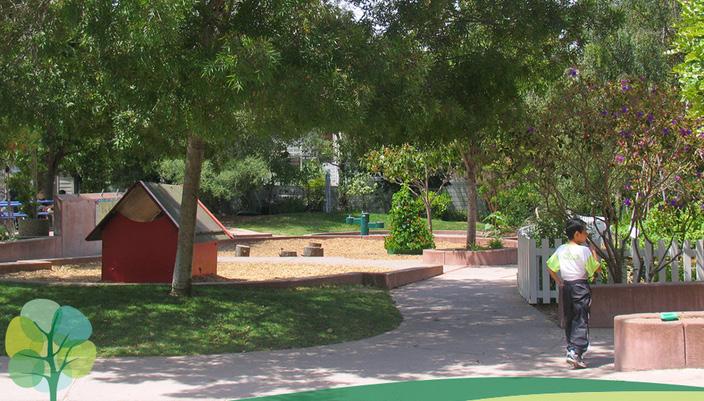
5.11 Tule Elk Park School four years after Green Schoolyards Renovation. Quote, photos, and general information from Greenschoolyards.org, 2021
160 MeckPlaybook 2021 Master Plan “unlocking the gates” for after hours use to reciprocal access between both groups’ facilities, allowing indoor and outdoor access.
Programming Synergies
Beyond land and facilities, schools provide an opportunity for joint programming. Partnership discussions can explore a formal usage and fee policy that is developed between Mecklenburg Park & Rec and CMS. Mecklenburg Park & Rec should work with CMS to be provided usage priority to school spaces. Community engagement discussions also suggested ways to integrate Mecklenburg Park & Rec into the public-school system. It was suggested that Mecklenburg Park & Rec hold programs at schools so transportation is easier for parents to navigate, and that school handouts include details about Mecklenburg Park & Rec’s offerings, to streamline communication to families.
A partnership with the school system could provide additional opportunities for youth leadership and education, such as a Youth Advisory Council. The Youth Advisory Council could propose new ideas, carry out school based community engagement activities, participate in a participatory budgeting initiative, work in peer conflict mediation and team building, or serve as park and recreation advisors and stewards. The program would bridge schools to the larger community, while teaching children advocacy, leadership, and life skills. The input of youth is integral to county-wide decisions, but is often overlooked. An active Youth Advisory Council would add new perspectives, while teaching youth how to be stewards of their environment.
16.2 Key Actions
Negotiate with CMS for priority use of school sites over other partners:
• Use formalized shared use agreements to centralize and set expectations for joint use of school properties. • Consider a formal use and fee policy to guide facility reservations while streamlining the demands on the facility from various groups.
Create a Youth Advisory Council within the Park and Recreation Commission.
16.3 Standardize joint development agreements for parks and greenways with the municipalities within Mecklenburg County.
Collaboration between the County, municipalities, and regional connectivity-related organizations (like NCDOT and neighboring counties) continues to be of utmost importance to the development of parks and greenway trails. Such teamwork will become even more critical in the future, given important remaining connectivity gaps and goals for equitable access to the greenway trail network. In order for these relationships and projects to be successful, the County, municipalities, and these regional organizations need to work together to confirm responsibilities for capital development and maintenance of greenways and facilities. Going forward, a framework should be developed to make the process more consistent across projects to these assets. Mecklenburg Park & Rec can begin by mapping out the projects that are completed, identifying roles and responsibilities, and noting what has worked well and what has been more challenging. A simple matrix can identify and clarify the ideal share of responsibilities in the future. This strategy is meant to provide predictability rather than rigidity for both the County and municipalities.
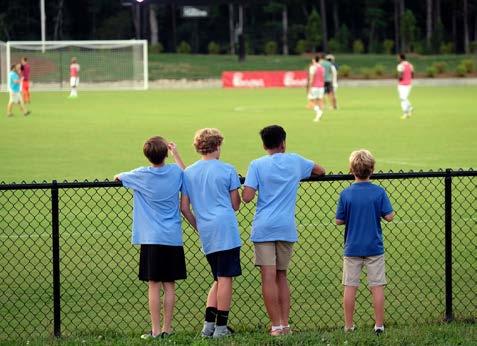
5.12 The Mecklenburg County Sportsplex at Matthews is a facility where joint agreements could be instituted.
16.3 Key Actions
For each project, confirm roles and responsibilities through a joint development agreement:
• Articulate maintenance roles.
